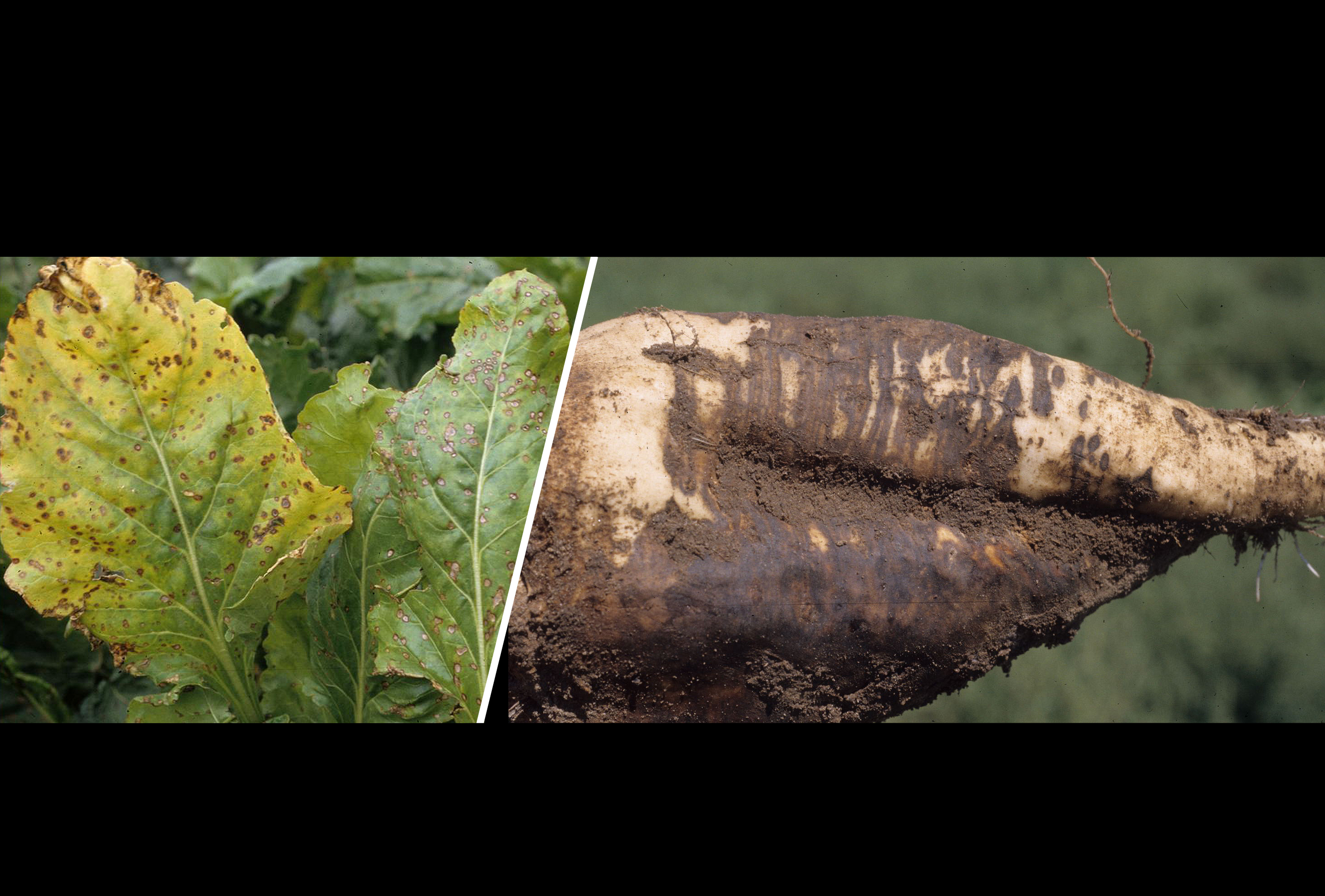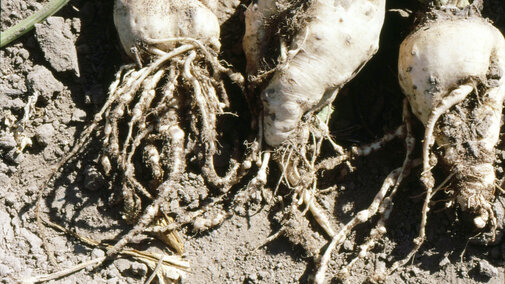Sugarbeets were first grown in central and eastern Nebraska in the late 1800s. Production moved into western Nebraska and the Panhandle early in the 20th Century, due in large part to increasingly severe problems with Cercospora leaf spot. Factories were built at Scottsbluff and Bayard in 1910 and 1917, respectively.
Nebraska currently ranks 8th in the U.S. in sugarbeet production and generally ranges between 50,000-60,000 acres planted per year, with a high of 80,000 in 2000. Sugarbeets are an important crop economically and are estimated to contribute more than $60,000,000 to the local economy.
Diseases, particularly root diseases, are an important constraint to profitable production. Because of the long history of beet production in western Nebraska, diseases are a consistent concern, and research is constantly ongoing to develop new disease-tolerant cultivars as well as other methods for managing diseases practically and profitably.
Contact:
Bob Harveson
Extension Plant Pathologist
Focus: Dry bean, Sugarbeet and Sunflower
(308) 632-1239
rharveson2@unl.edu
Faculty Bio


